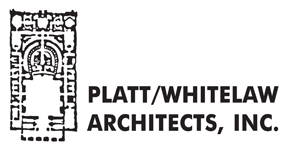Aspects of Creativity in the Architectural Design Process
Architecture is unique for its blend of art and science. Architect Antonin Gaudí, for example, is world famous for his unconventional shapes, colors and textures. But, at the end of the day, his designs for the Sagrada Familia, Parc Güell and other noted structures had to be technically sophisticated enough to reach into the sky […]




